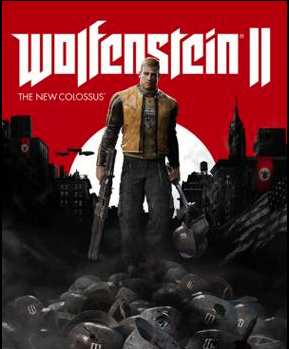District 6: The trouble with games in Long Beach, CA
/The rise of arcades in the late 1970s coincided with efforts to revitalize decaying amusement and shopping centers, rising crime, and increasing diversity in Long Beach, California. Situated at the southeastern end of Los Angeles County, the city of Long Beach had a long history of being home to midwestern transplants and their concomitant conservative values. The vestige of this past can be seen, even as the city began to diversify in the 1960s, in the city’s approach and attitude to policing, arcades and redevelopment.
As city leaders discussed possible uses for these new spaces, their arguments became increasingly rooted in maintaining a sense of homogeneity for their community with prophylactic laws and ordinances to regulate gaming spaces to protect specific neighborhoods. A white, suburban ideology placed literal and figurative guardrails around the community while regulating and coddling white youth. As David Lassiter notes, “The Suburban solution,” to delinquency -- “[was] premised on the social control of middle-class teenagers through constant parental and community surveillance.”[1]Thus, the placement of the arcades within an established but evolving leisure economy within the city was complicated by perceptions suburban and urban youth, how the arcades would be used and by whom, and the neighborhood impact by those from outside the community.
Read More








![[Caricature by Design] Illustration and Representation of Historical Actors in Tabletop Games.](https://images.squarespace-cdn.com/content/v1/5a0f60fdbce17652bb2ef894/1524619409236-YCOT11ZOLLCUIUY16IKQ/Screen+Shot+2018-04-24+at+6.22.45+PM.png)



